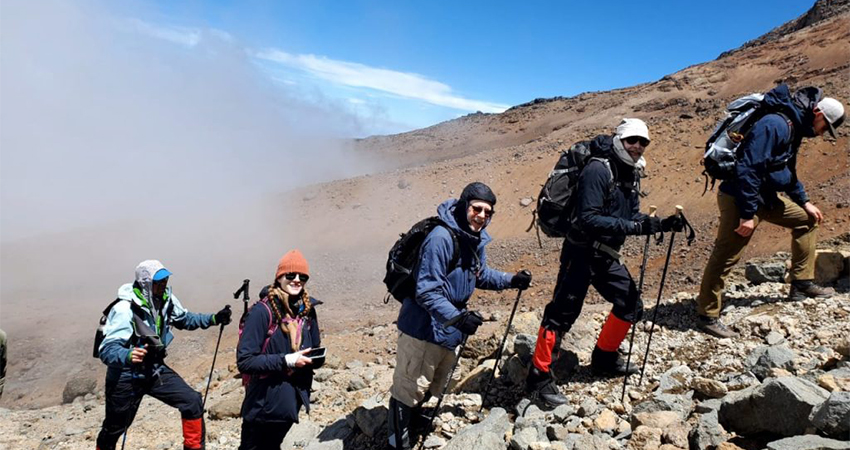Cost of Safari
The cost of this safari will vary depending on date of travel, type of accommodation, transport mode and number of people on the safari.
Please contact us on email info@epicstarholidays.com or phone +254 713 557 958 and we shall get back to you within the shortest time possible.

